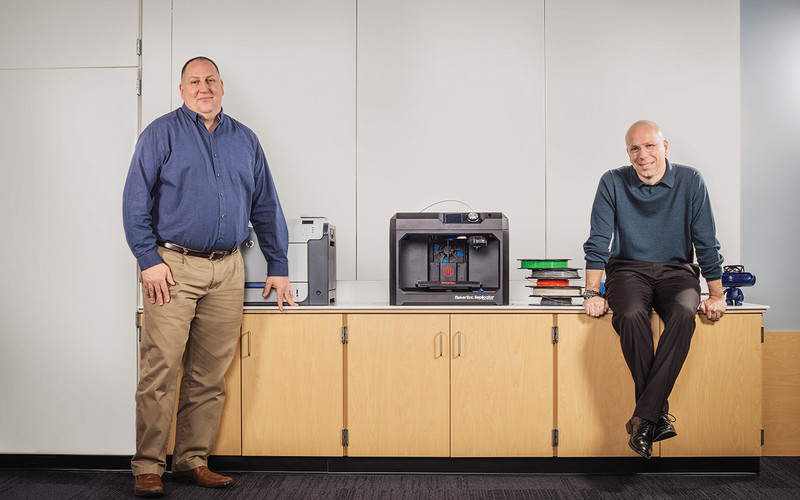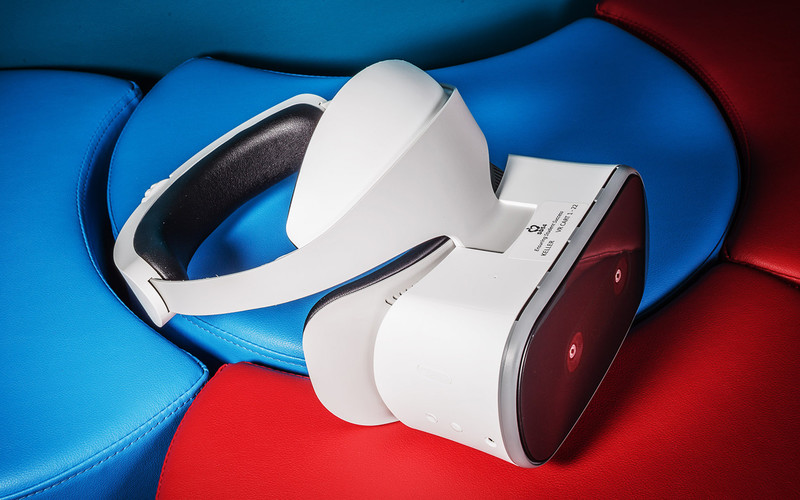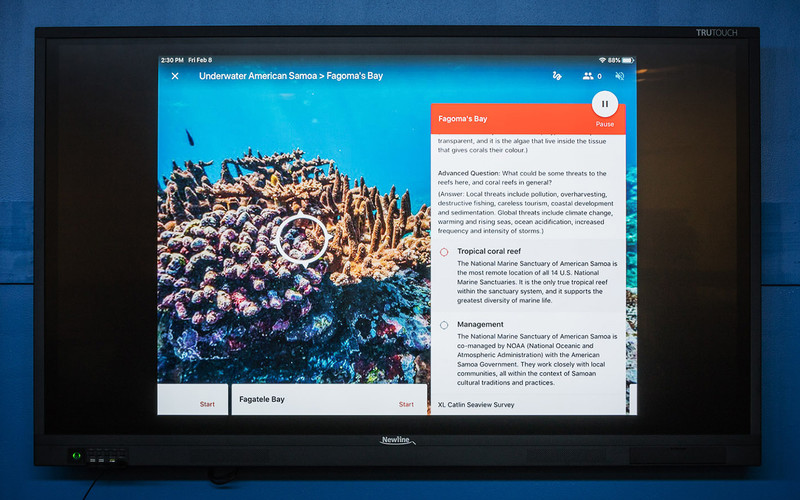“The ability to truly transport people to different places and different periods of time is a way to connect learning in a really powerful way for kids,” Myers says. “We’ve seen truly emotional reactions to it because the students can see it, they can navigate through and be part of the experience they’re learning about.”
In its 2018 report “Virtual Reality 101: What You Need to Know About Kids and VR,” Common Sense Media highlights four technological capabilities that can be applied successfully to learning environments in VR: creating 3D spatial representations; multisensory channels for user interaction; immersing users in virtual environments; and intuitive interactions through the use of tools such as joysticks, wands or gloves.
“The main argument for highly immersive VR environments for educational endeavors is that they have the potential to make learning feel more real by promoting a sense of presence,” the report states.
MORE FROM EDTECH: See how teachers use virtual and augmented reality to teach computer science.
Schools Use VR Holistically For Greatest Returns
School District 54, which has more than 15,000 K–8 students and 1,467 teachers, made the decision to incorporate Lenovo Virtual Reality Classroom kits districtwide after a great deal of deliberation, first putting the technology up for study within Innovate 54, an instructional innovation task force made up of representatives from each school, including the principal, assistant principal, teachers and instructional technology specialists.
Based on the group’s positive and enthusiastic findings, Executive Director of IT John Wilms worked to embed a virtual and augmented reality lab in the learning centers of each school. In looking for a specific solution, price was a consideration, but the most important requirement was ease of use for students and teachers.
Each school has a set of 30 VR headsets, enough for one class to use at a time. Teachers can use them in the lab or check them out and wheel them to the classroom.
“They have a nice cart setup for the devices, so the headsets are always secured and charging, and it’s easy to get them in and out of the lab,” Wilms says.














